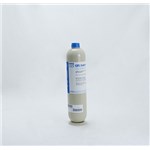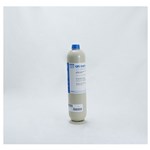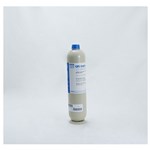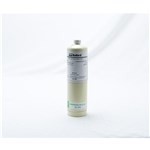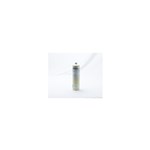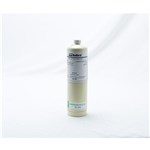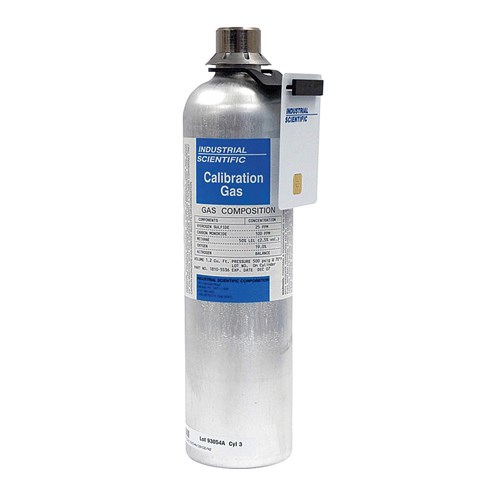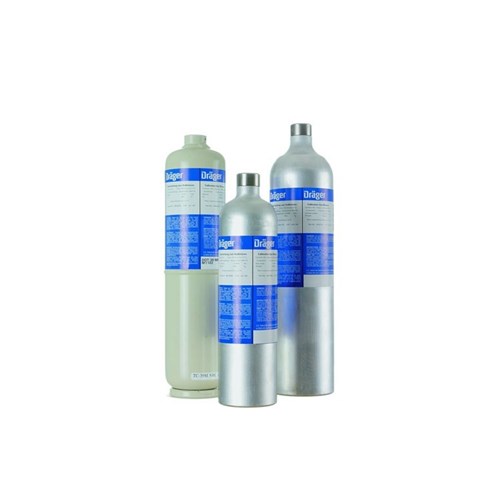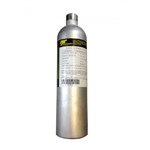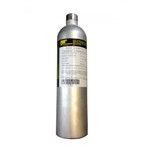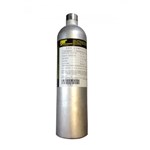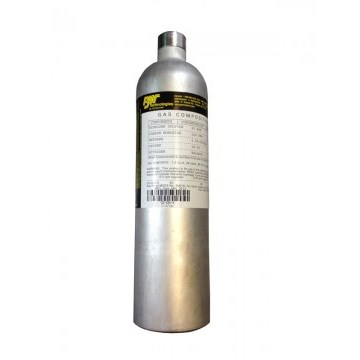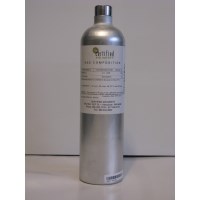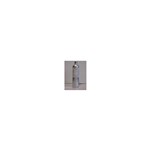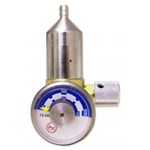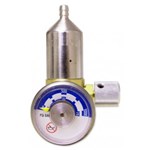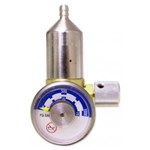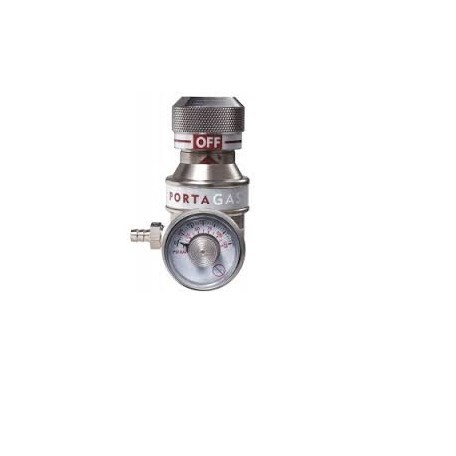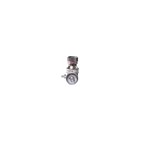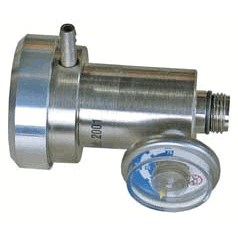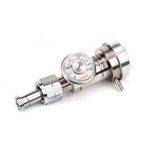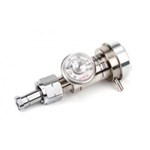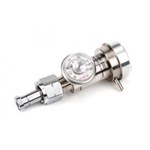Search in Category
Calibration Gas and Accessories
Search term required.
Browse Categories
Loading...
Calibration Gas and Accessories
Viewing Page 3 of 4
(34 results)
BW Technologies**DONT USE**USE 13756** - BW CG-Q58 - CALIBRATION GAS, 58L, CH4 2.5PCT,
Items #:
BW CG-Q58
ItemCalibration GasGas NameCarbon Monoxide, Carbon Dioxide, Oxygen, Hydrogen Sulfide, MethaneGas Mixture100 ppm CO, CO2, 18% O2, 25 ppm H2S, 40% LEL MethaneBackground GasNitrogenCylinder Capacity58LCylinder MaterialAluminum Alloy
Honeywell Analytics Dist. - BW CG2-A-50-58 - Calibration Gas, NH3, 58L
Items #:
BW CG2-A-50-58
This Drager Ammonia calibration gas cylinder is held in a non-refillable 58 litre canister. It contains 50ppm NH3 in a Nitrogen background. The calibration gas cylinder can be used on its own with a Drager Bump Test Station or else would require the use of a regulator and tubing.
BW Technologies**DONT USE**USE 13756** - BW CG2-P-1-34 - Calibration Gas, PH3, 34L
Items #:
BW CG2-P-1-34
CALGAZ,Calibration Gas Cylinder,Phosphine (Ph3) 0.5ppm / N2,(2AL) 34 liters,Part Number: CZF2A460001,Download the MSDS sheet for this cylinder here 50030
Honeywell Analytics Dist. - BW REG-1.0 - Calibration gas regulator (1.0 LPM)
Items #:
BW REG-1.0
Calibration Gas comes in pressurized cylinders which require a pressure or flow regulator to operate.
A regulator is a valve device that screws on top of the cylinder, can be turned on or off to release the gas and controls the pressure or flow of gas coming from the meter. Regulators have different thread patterns to match specific cylinder sizes and they are available in different pressure or flow rates and therefore must be selected to match the cylinder and the pressure or flow required.
BW Technologies**DONT USE**USE 13756** - BW REG-DF-2 - Demand flow regulator for refillable
Items #:
BW REG-DF-2
Designed for use with instruments that utilize a pump to draw the calibration gas. This regulator provides the exact amount of gas that the instrument pump requires. This type of regulator makes calibration quick and easy by eliminating the need for sample bags, flow meters, or special operator training. In addition, it saves calibration gas because it only transfers as much gas as the instrument demands.



 Brand
Brand

